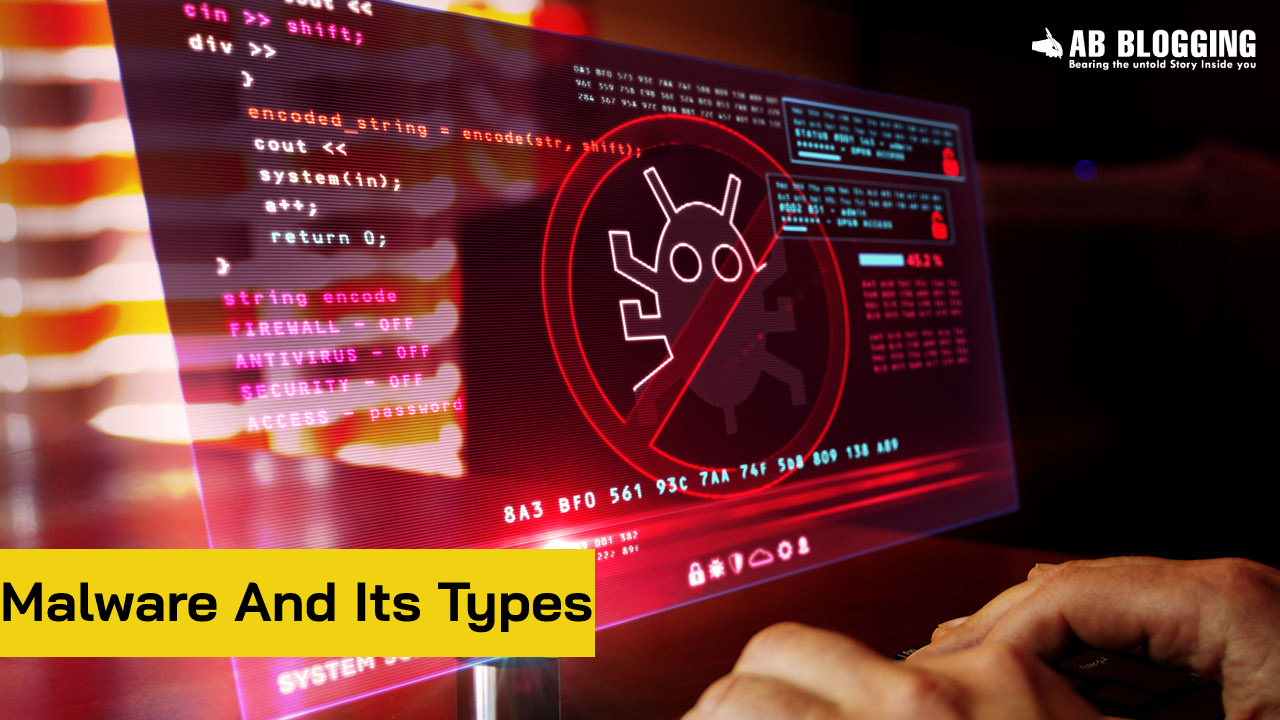
Send Your Article To : SEND NOW

Individuals mess around with security wording. Nonetheless, get your malware order straight since knowing how the various sorts of malware spread are fundamental to controlling and eliminating them. Let us see in the article VBS: Malware-gen this is one of the dangerous viruses. That you all know all that.
This compact malware bestiary will assist you with getting your malware terms right while you spend time with the nerds.
How To Identify Malware And Its Types?
1. Infection
A PC infection is a thing that each malware program revealed in most media and customary end client news is called. Luckily, most malware programs are not infections. A PC infection adjusts other genuine host documents (or pointers to them) so that when a casualty’s record is executed, the infection is additionally executed.
Unadulterated PC infections are extraordinary today, containing under 10% of all malware. That is something to be thankful for: Viruses are the solitary kind of malware that “contaminates” different documents. This makes them especially hard to clean in light of the fact that the malware should be executed from a real program. It has consistently been non-inconsequential, and today it is practically incomprehensible. The best antivirus programs battle to do this effectively and in many (if not most) cases will essentially isolate or erase the tainted record.
2. Bugs
Worm PC infections have been around considerably more than centralized server days. Email acquired them into style in the last part of the 1990s, and for almost 10 years, PC security experts were attacked by vindictive worms that came as message connections. One individual would open one terrible email and the entire organization would get contaminated very soon.
The distinctive element of a PC worm is that it is self-recreating. Take the scandalous Iloveyou worm: When it took off, it hit practically every email client on the planet, over-burden telephone frameworks (with deceitfully sent writings), cut down broadcasting companies, and surprisingly My day by day evening paper got deferred significantly a day.in PC security history.
What makes a successful worm so dangerous is its capacity to spread without end-client activity. Then again, an infection necessitates that an end client in any event close it before it can endeavor to taint other guiltless documents and clients. Worms exploit different records and projects to accomplish grimy work. For instance, the SQL Slammer worm utilized a (fixed) weakness in Microsoft SQL to cause a cradle flood on virtually every unattended SQL Server associated with the Internet is
3. Trojan
They have been around perpetually, significantly more than PC infections, yet have assumed control over current PCs more than some other kind of malware.
A Trojan should be executed by its casualty to take care of its work. Trojans as a rule show up through email or are pushed onto clients when they visit tainted sites. The most mainstream Trojan sort is the phony antivirus program, which springs up and claims you are tainted, then, at that point teaches you to run a program to clean your PC.
4. Half and a half and Exotic Forms
Today, most malware is a mix of customary malignant projects, regularly including Trojans and parts of worms, and once in a while infections. Typically the malware program appears to the end client as a Trojan, however once executed, it assaults different casualties on the organization like a worm.
5. Ransomware
Malware programs that scramble your information and hold it as a prisoner, sitting tight for digital currency installments have been an immense level of malware for as far back as a couple of years, and the rate is as yet expanding. Ransomware has regularly incapacitated organizations, medical clinics, police offices, and surprisingly whole urban areas.
Recent Posts
- The Ultimate YouTube Comment Finder Tool for Creators & Marketers
- Postal Code Dubai – Everything You Need to Know
- Best Places to Visit in Abu Dhabi — Ultimate Guide to Top Tourist Attractions 2026
- Google Silently Discards the &num=100 Parameter: Here’s Why Your Rankings and Impressions Are Acting Strange
- YouTube SEO: How to Rank YouTube Videos in 2025
- How to Cancel eLife Subscription : A Step-by-Step Guide
- Respect Happy Doctors Day Quotes: A Deep Show of Appreciation
- The Golden Goodness of Raw Sidr Honeycomb : A Natural Treasure in the UAE
